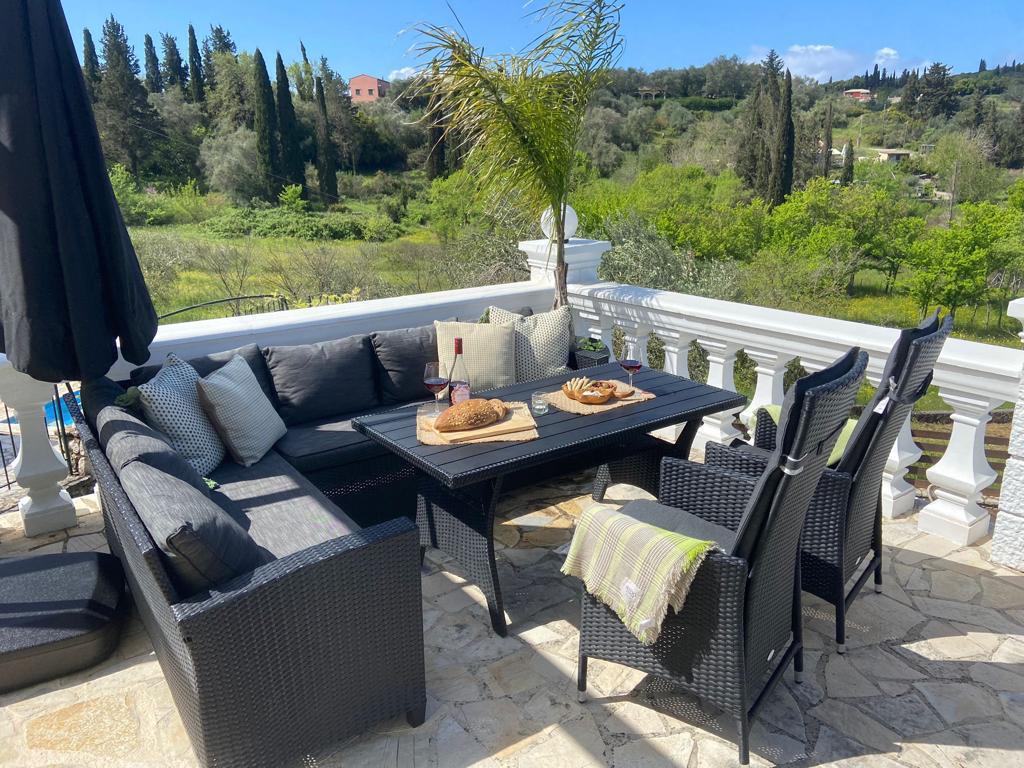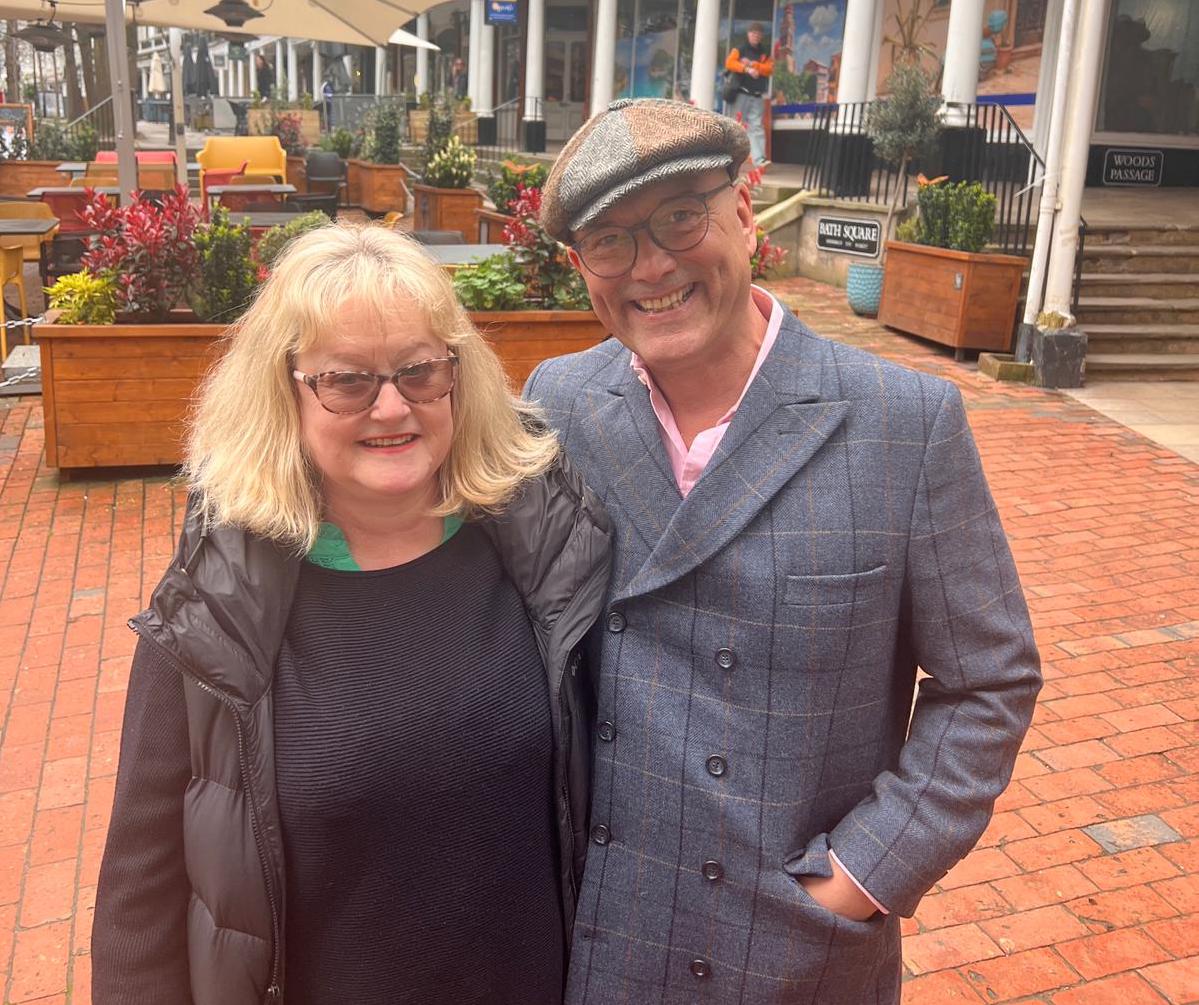2022: the great cultural shift towards sustainable hybrid working

If the last eighteen months have taught us anything, it’s that new ways of working are inevitable. Prior to March 2020, many employers did not believe their staff could work away from the office and still be productive. They were proved wrong.
A recent survey by Willis Towers Watson found that the hybrid model – a mixture of office, home, and co-working – will likely become the norm by 2023. In fact, two-fifths (41%) of the workforce will embrace hybrid working.
At the same time, as we emerge from the pandemic, sustainability is once again at the forefront of our minds. It feeds into every aspect of our lives from technology to politics, and most recently, how we work. During the first half of 2020, with fewer people travelling and an overall decline in activity, analysis showed levels of nitrogen dioxide and small particle pollution were significantly lower than normal for the time of year.
Today, therefore, it’s the responsibility of both staff and providers of office space to ensure that we can all work within a more sustainable environment. And with the UK coworking market on track to double its market penetration to 12.5% within two years, especially in suburban areas, now is the time for coworking facilities to be built with sustainability in mind.
Can sustainable and state-of-the-art co-exist?
The simple answer is yes. Take Flimwell Park for example. This unique space has been designed to not only benefit the user but also the environment – a brilliant example of eco-friendly elegance.
Every aspect of design, construction and maintenance has been created with sustainability in mind. For example, there are more than 200 solar panels converting light to electricity, as well as solar water heaters, and air source heat pumps. You’ll also find readily available car and bike charging points.
The development is also preparing to be able to operate entirely off grid in future, with 50% of its power self-generated already, and battery storage for any excess energy produced. Everything has been thought of at Flimwell Park, including flushing rainwater toilets. Although you’ll be pleased to hear that in the unlikely event the rainwater runs out, mains back-up is also available!
Even the materials sourced have been selected with sustainability in mind. Pre-insulated laminated wooden panels (known as LVL) have been used in the construction of these breath-taking buildings. LVL is as strong as steel and manufactured to size, therefore reducing waste, and increasing efficiencies.
Where possible, all materials were sourced either on-site or from the UK, including British Larch and Douglas Fir for the external cladding. A total of 231 Larch tress were grown, sourced, and milled in the UK.
The fifty acres of woodland cleared to make this development possible were either chipped and used for pathways or converted to biomass. Chestnut and other timbers were used for fencing and local wood supply. In fact, only four lorry loads of waste were taken off site, as everything else was recycled – this is rare and an extremely proud achievement by all involved at Flimwell Park.
The development has also safeguarded an important area of Heath Lobelia, an incredibly rare wildflower first discovered here in the UK in the 1770s. The Flimwell team were extremely excited to make such a discovery and invited Kew Gardens to collect seed samples. Working alongside the Sussex Lund Fund, Flimwell Park has seen over a doubling in Heath Lobelia plants from 200-500.
Unique design and innovative planning
UCL played a key role in the unique design of Flimwell Park and their message is clear – practical doesn’t have to be boring! The building structures work with the contours of the site, some starting underground, others six metres in the air. The design process was agile, so if a building didn’t look in keeping with its surroundings, or blocked the woodland, it was moved.
Students from UCL visited throughout construction to observe the innovative design and build process, and it was recently announced that the university would become a permanent feature of Flimwell Park, with the arrival of The Bartlett School of Architecture, delivering architectural courses on site. Director of The Bartlett School of Architecture, Bob Sheil commented: “Flimwell Park could well emerge as one of the most important new educational and community spaces in the UK.”
What Flimwell Park teaches us is that construction processes don’t have to be damaging to the environment. It’s entirely possible to build a space that works with the environment while enhancing our health and wellbeing, by not only working closer to home but also in a natural environment – which is proven to boost our mental health and productivity.
And it’s not just the development of Flimwell Park that is sustainable – the way in which we operate is based entirely on eco-friendly processes and materials, too. For instance, we use minimum watt LED lightbulbs, recycle most of the products consumed on-site, and compost all kitchen waste.
To arrange a tour of Flimwell Park, or one of our other eco-friendly Hive coworking sites across The Weald email connect@hivehubs.buzz.







